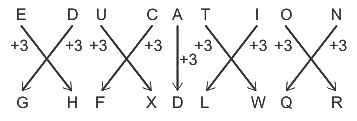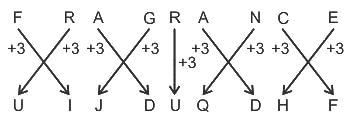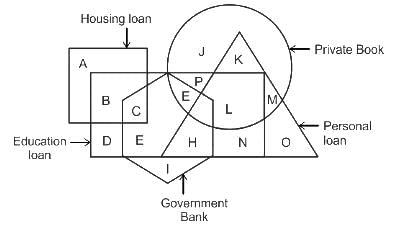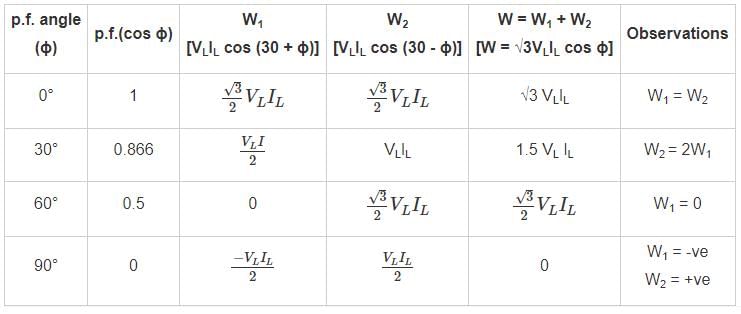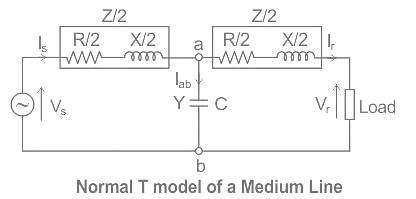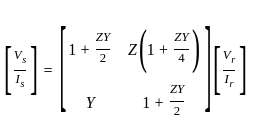HPCL Electrical Engineer Mock Test - 2 - PSSSB Clerk MCQ
30 Questions MCQ Test HPCL Electrical Engineer Mock Test Series 2025 - HPCL Electrical Engineer Mock Test - 2
A person has Rs. 5,350 in the form of denomination of Rs. 50, Rs. 100 and Rs. 500 and the total number of notes with him is 32. Find how many notes of Rs. 50, Rs.100 and Rs. 500 denominations, respectively, he has with him?
How many spherical lead shots each of radius 2.1 cm can be obtained from a solid rectangular lead piece with dimensions 84 cm, 77 cm and 63 cm.
A candidate who gets 50 percent marks fails by 100 marks but another candidate who got 78 percent marks gets 30 percent more than the passing marks. The maximum marks is:
Choose the correct alternative from given ones that will complete the series :
1250, 250, 50, 10 , ?
Find the missing number in the series given below.
2, 3, 5, 7, 11, 13, (?)
Fill in the blank with the appropriate form of the Verb that agrees with the Subject.
Each one of the workers _______ a raise in salary from the coming month.
Select the word segment that substitutes (replaces) the bracketed word segment correctly and completes the sentence meaningfully. If there is no need to substitute it, select "No Correction"
Stonehenge (have capture) the hearts of people from pre-historic times due to its unique structure.
The perimeter of the top of a rectangular table is 30 m, whereas its area is 54 m2. What is the length of its diagonal?
A sum of money becomes Rs. 39930 in 3 years and Rs. 36300 in 2 years when kept at compound interest (compounding annually). What is the sum?
In a certain code language, ‘EDUCATION’ is written as ‘GHFXDLWQR’. How will ‘FRAGRANCE’ be coded as in that language?
Read the given statements and conclusions carefully. Decide which of the given conclusions logically follows from the statements.
Statement: “It is difficult to form true selfless friendship with women after their marriage because they always give priority to their family over their friends.” – A woman complains to her husband.
Conclusion:
I. Families should be given priority by the elders to maintain good relations within the family.
II. Friendship with a married person is not possible.
In the following figure, triangle represents personal loan, circle represents private bank, hexagon represents government bank, rectangle represents education loan and square represents housing loan.
What does letter ‘L’ represents?
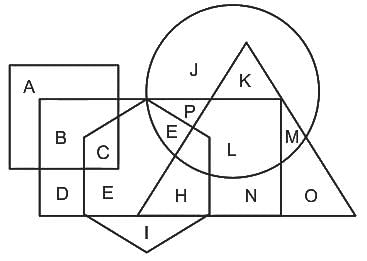
Two wattmeters are used to measure the power in a 3-phase balanced system. What is the power factor of the load when one wattmeter reads twice the other?
For the circuit shown, the value of R is so adjusted as to transfer the maximum power in 1 Ω resistor. What is the amount of power?
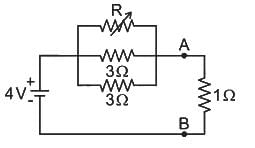
The Buchholz relay is normally used to protect the
A closed surface encloses the point charge Q and has a medium with permittivity of free space ε0. Then the Gauss’s law should not be represented by
In the medium transmission line, the shunt admittance is placed in the middle and the series impedance is divided into two equal parts which are placed on either side of the shunt admittance. From the given context, analyze the representation of the medium transmission line.
The magnitude of induced e.m.f is directly proportional to the






